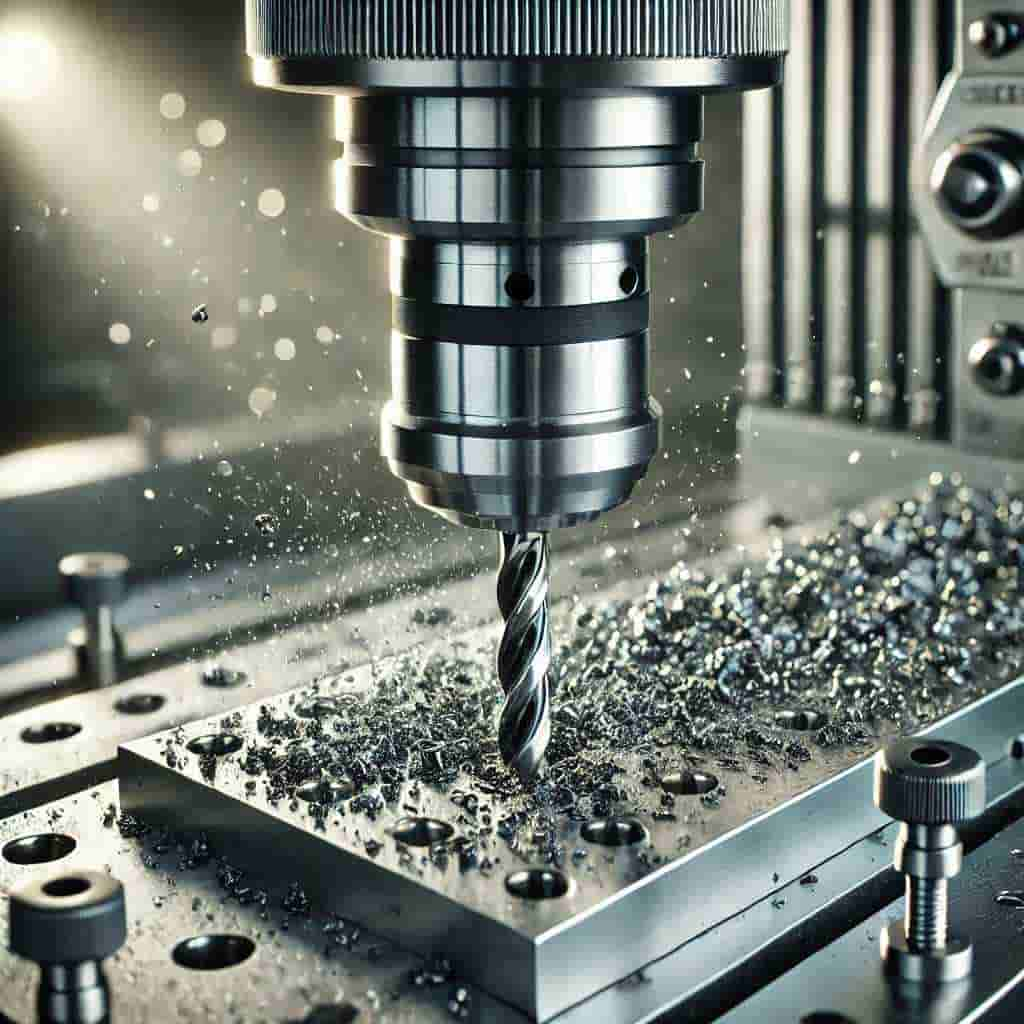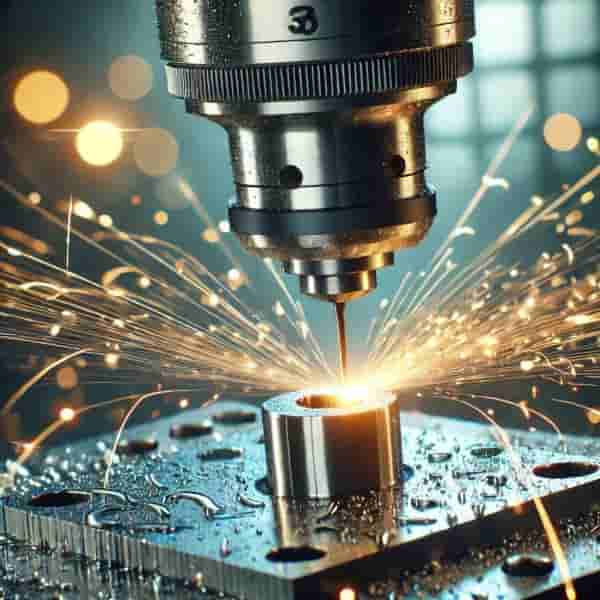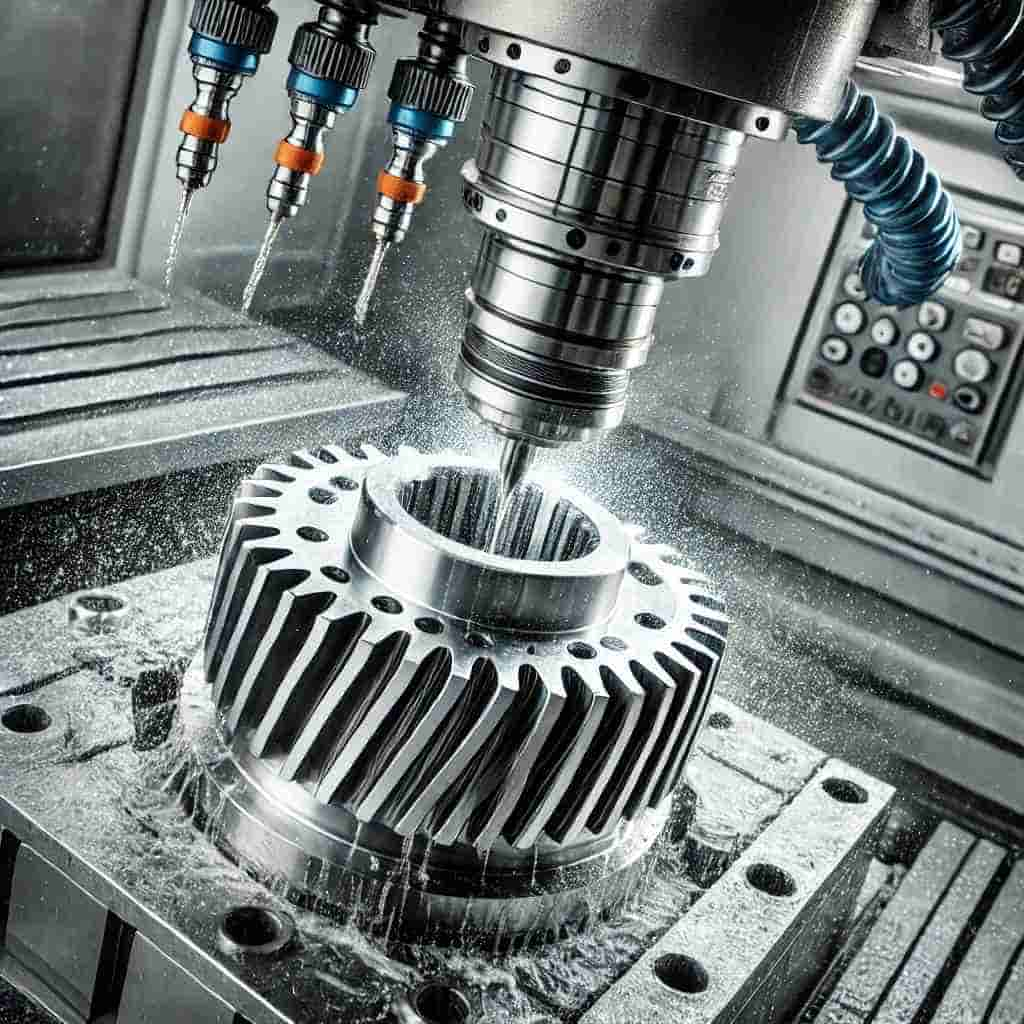The injection molding is a pillar of modern manufacturing. There are countless processes that rely on injection in the manufacturing sector. It is revolutionizing the production process, especially for plastic components, in diverse industries. Companies that have used injection molding have, in different ways, benefited from scalability and versatility. The injection molding is important for shaping raw thermoplastic. The shapes adopt the complex and price forms with unique repeatability. The entire process starts with the injection of molten plastic into a well-designed mold cavity. The molding takes place under high pressure. In environments that are in control, cooling of the plastics and their solidification lead to unique shapes. The scalability and versatility make injection molding key for multiple and large industries. Key industries that benefit are electronics, medical devices, automotive, and consumer goods.
The injection molding appeals to the complexity of the geometries and the efficiency it offers—the ability to regard it as reliable, hence the choice of manufacturing components. The objective is to attain durability, consistency, and high levels of precision. The complex structures in the vehicle automotive engines and other industries depend on injection molding. The process enhanced the production of parts that adhere to strict performance requirements. The objective does not hinder production efficiency and effectiveness.
Fundamentals Of Injection Molding
The injection molding process starts with effectively designed engineering specifications, which are unique for each injection molding process. The designer’s role is key in the process. Their role is in assessing and selecting materials that are in line with the environment and functional requirements. Key considerations such as strength, chemical resistance, flexibility, and thermal stability are important in the process. Weighing their impact is vital for optimal performance and longevity. The impact and corrections are key in the early stages of the process.
Design For The Mold
Another key aspect is the design of the mold. The design entails different facets, such as layout cooling approaches, that enhance heat dissipation. Excess heat is harmful to the overall product display. Additionally, the gate placements in the regulation of material flow to the cavity are important in the minimization of defects and flash. More advanced CAD software enables the designers to foster the mold’s filling process. It also enables prediction issues that can emerge, including sink marks and air traps. The objective is to optimize the mold design to support effective manufacturability.





